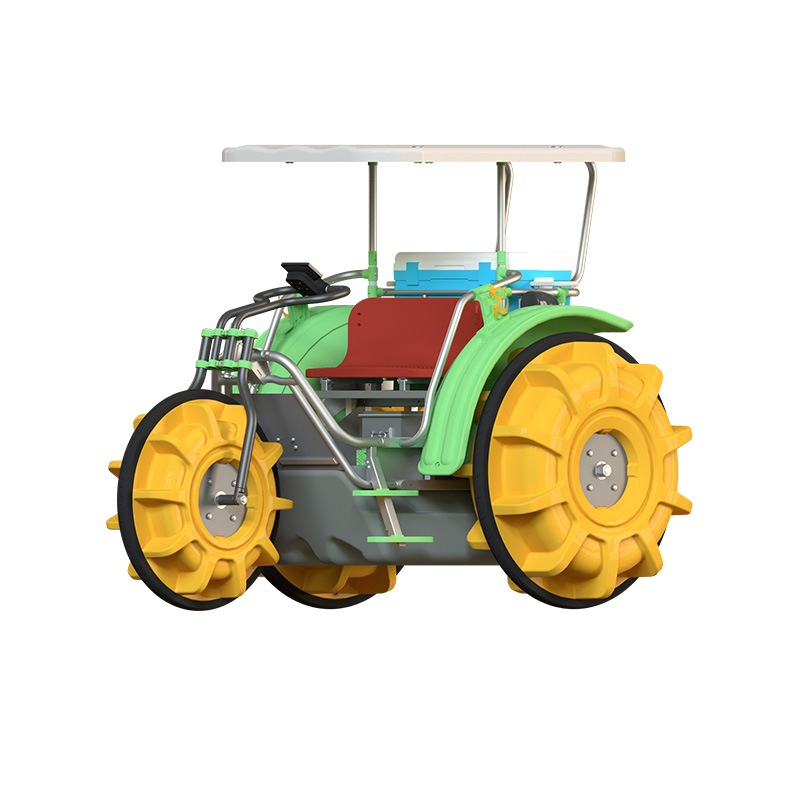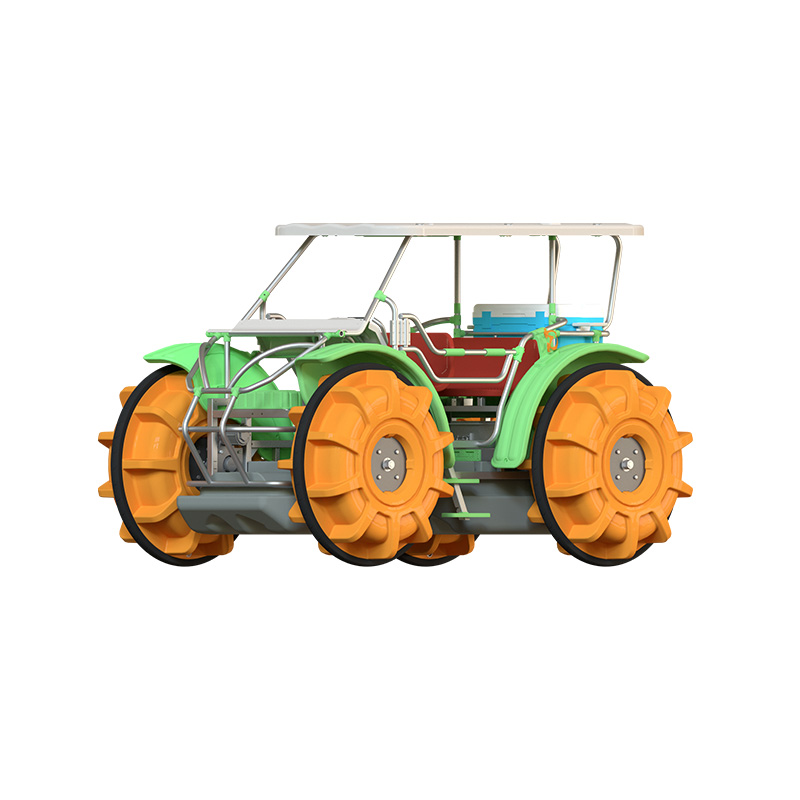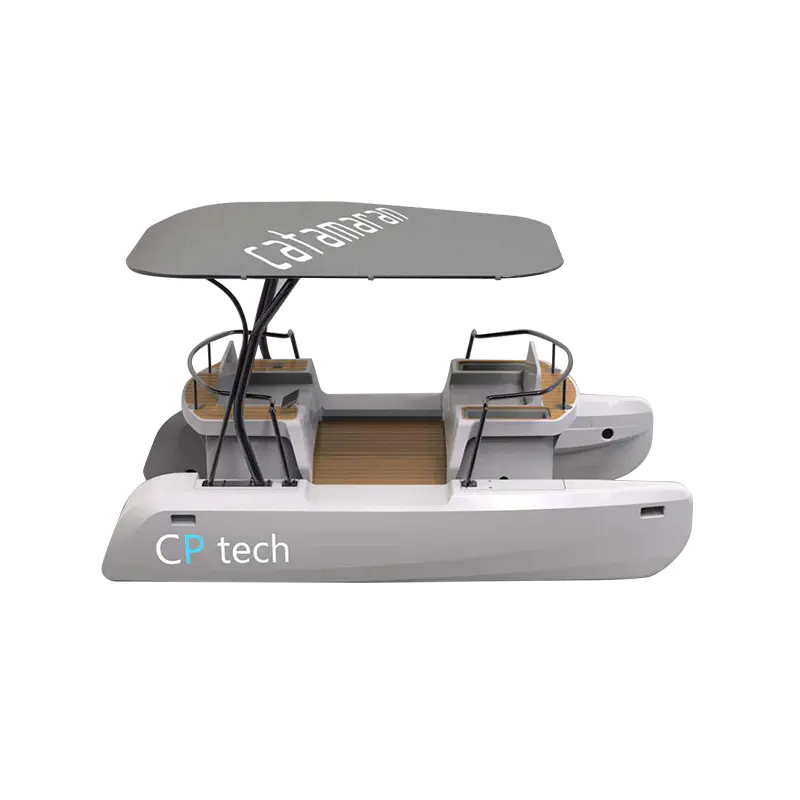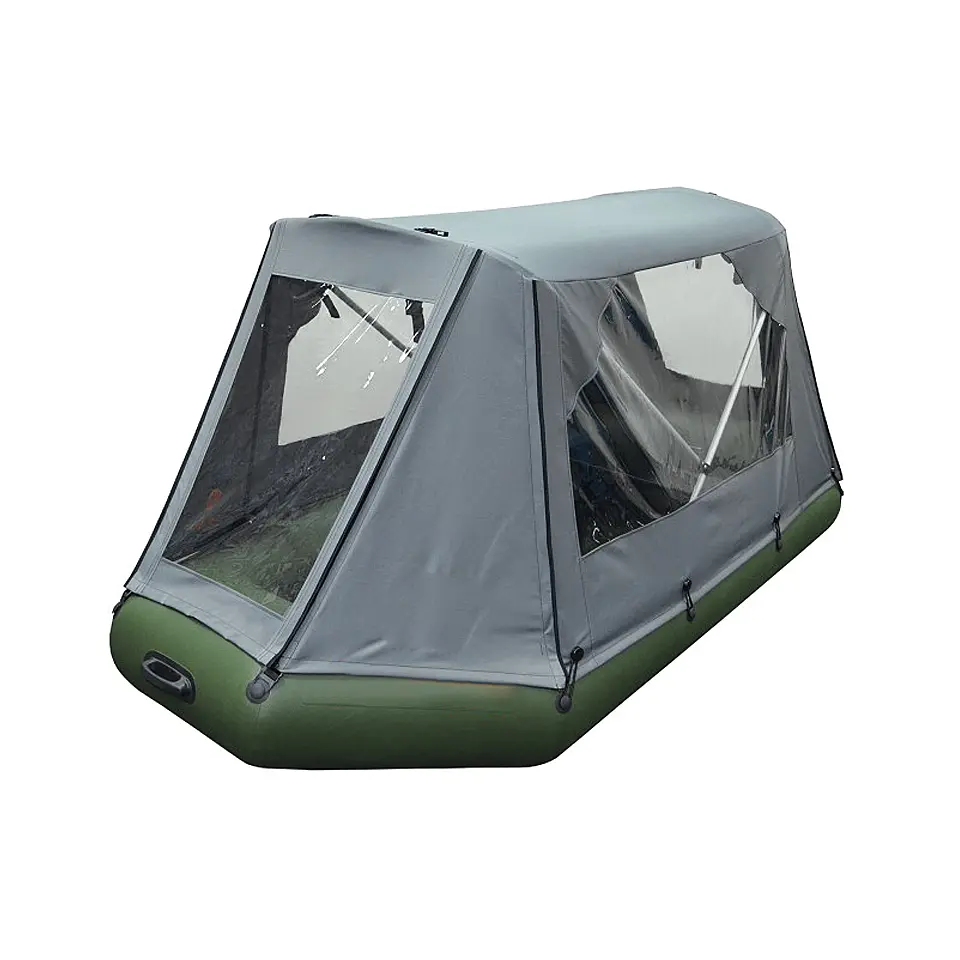Operation Notes for Electric Jet Powered Kayaks
2025-04-18
Electric jet-powered kayaks have emerged as an innovative solution for water enthusiasts who want to enjoy the thrill of kayaking while benefiting from the ease and efficiency of electric propulsion. These kayaks combine the quiet, eco-friendly advantages of electric motors with the maneuverability and convenience of traditional kayaks, providing a unique and enjoyable experience on the water. However, like any specialized watercraft, electric jet-powered kayaks require proper handling and maintenance to ensure performance and safety.

1. Familiarize Yourself with the Kayak's Controls
Before venturing out on the water, it's crucial to familiarize yourself with the controls and features of your electric jet-powered kayak. While electric kayaks are generally easier to operate than traditional paddled kayaks, they still require an understanding of the propulsion system and how to manage power efficiently.
Throttle and Steering: Electric jet-powered kayaks are typically controlled using a combination of throttle and steering mechanisms. The throttle regulates the speed of the kayak, while steering is often done via a handlebar or foot pedals, depending on the model. Before taking your kayak out on the water, practice using these controls in a safe, calm environment to ensure you are comfortable with the responsiveness and handling of the kayak.
Battery Indicator: Pay attention to the battery life indicator on your kayak. The battery level can significantly impact the range and speed of the kayak. Many models are equipped with a display or indicator lights that show the remaining battery power. Before heading out, make sure the battery is fully charged, and avoid pushing the kayak to its limits when the battery is low.
2. Check Weather and Water Conditions
The conditions of the water and weather play a critical role in the safety and performance of your electric jet-powered kayak. While these kayaks are designed for a variety of water conditions, it's important to assess the environment before setting out.
Wind and Waves: Strong winds and high waves can make navigating your kayak more difficult, even with the assistance of the electric motor. If the water is choppy or if there is a strong headwind, consider postponing your trip or selecting calmer waters. Electric jet kayaks perform better in smooth, open water, where the motor can work efficiently without the added resistance of waves or gusts of wind.
Water Current: In rivers or coastal areas with strong currents, it is essential to understand how the kayak will behave in moving water. The electric motor can help you navigate against the current, but you should still be prepared for potential difficulties. Always be cautious when paddling near strong currents, as the jet propulsion may not provide enough power to counteract the flow, especially at lower speeds.
3. Safety Precautions
Safety should always be the top priority when operating any watercraft, including electric jet-powered kayaks. Although these kayaks are generally stable and easy to operate, there are still inherent risks that need to be addressed.
Wear a Life Jacket: Regardless of your skill level or familiarity with the kayak, always wear a properly fitting life jacket. This is crucial for your safety, especially if you are kayaking in unfamiliar or open water. Even in calm conditions, a life jacket ensures that you can stay afloat if you unexpectedly capsize or face an emergency situation.
Follow Local Regulations: Different bodies of water may have specific regulations regarding the use of electric-powered vessels. Some areas may restrict the use of motors or have speed limits in place to protect wildlife or other water users. Be sure to familiarize yourself with local laws and follow them accordingly.
Be Mindful of Other Boaters and Water Users: While the electric motor on a jet-powered kayak is relatively quiet compared to gas-powered engines, it is still important to remain aware of your surroundings. Always keep a safe distance from other watercraft, including larger boats and jet skis. In busy areas, make sure to respect designated zones, such as no-wake zones or restricted areas, to avoid accidents or conflicts with other users.

 English
English  русский
русский  عربى
عربى 









